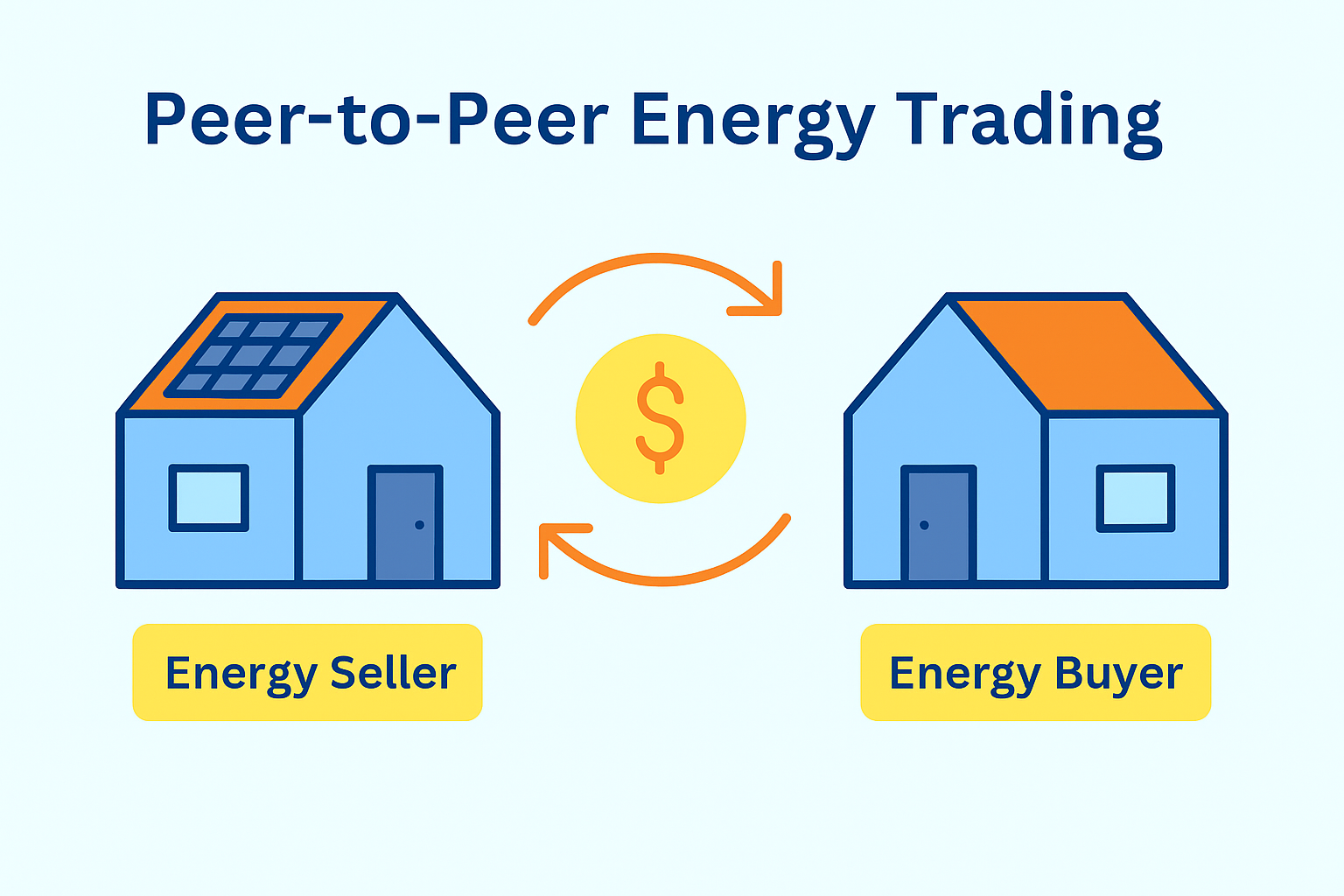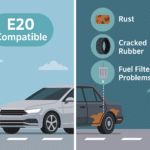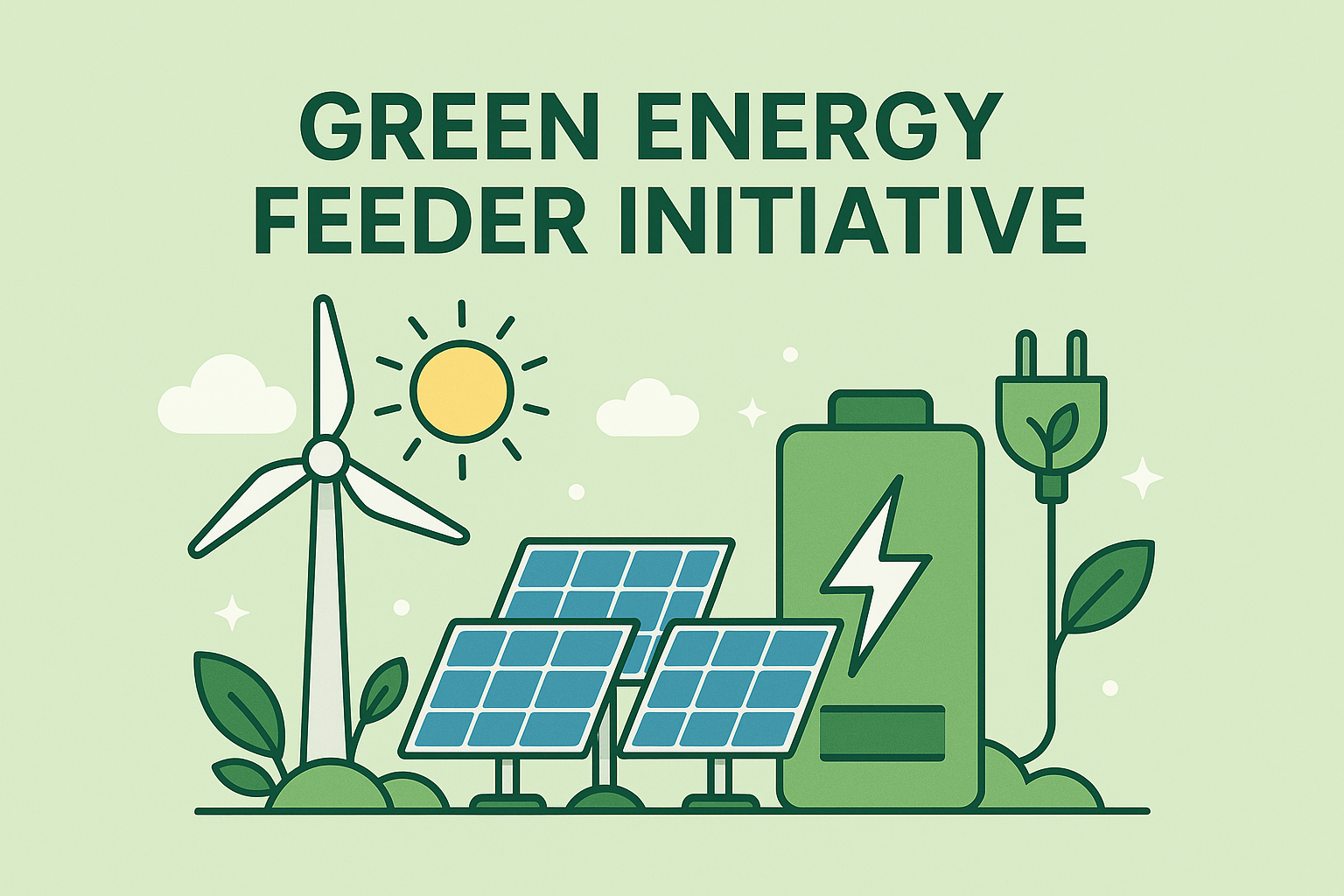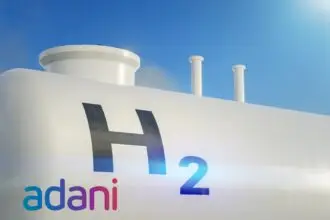India’s ambition to become a global green hydrogen hub aligns with its broader climate commitments, especially under the Panchamrit targets announced at COP26. Central to realizing this ambition is the creation of robust financing and demand frameworks — and carbon markets are poised to play a catalytic role in this transition.
Green Hydrogen’s Promise and Price Gap
Green hydrogen — produced via electrolysis using renewable electricity — is a key decarbonization lever for hard-to-abate sectors such as steel, refining, fertilizers, shipping, and aviation. The recently launched National Green Hydrogen Mission (NGHM) lays out a roadmap for 5 MMT per annum production capacity by 2030, backed by ₹19,744 crore in support.
However, a major hurdle remains: cost. In India, the levelized cost of hydrogen (LCOH) from green sources currently ranges between ₹160–220/kg (US$2–2.6/kg), compared to grey hydrogen (produced from natural gas) which costs ₹90–100/kg (US$1.1–1.3/kg). EY’s analysis suggests that even with capital subsidies, green hydrogen requires additional demand-side incentives or monetization avenues to bridge this gap.
Carbon Markets: A Bridge to Competitiveness
Carbon markets can help address this economic viability challenge in two primary ways:
- Price Signal for Emissions: By putting a price on carbon, compliance or voluntary markets can tilt the economics in favor of low-carbon hydrogen. For instance, if grey hydrogen attracts a carbon cost of ₹2,000–2,500 per tonne CO₂ (i.e., ~$25–30/tonne CO₂), green hydrogen gains a direct price advantage — estimated to be around ₹20–30/kg at scale.
- International Transfers under Article 6: The Paris Agreement’s Article 6 mechanisms, especially Article 6.2, enable bilateral cooperation for emissions reduction. Green hydrogen projects in India could generate Internationally Transferred Mitigation Outcomes (ITMOs), offering credits to buyers in high-cost abatement regions such as the EU or Japan. This has the potential to unlock significant foreign investment and accelerate deployment.
Global Trends and Demand Outlook
According to the International Energy Agency (IEA), global hydrogen demand could reach 530 Mt by 2050 in a net-zero scenario, with over half supplied by low-emission routes. India’s share could be substantial given its cost advantages in renewable energy and large domestic industrial base.
In fact, it is estimated that India could export 10–12 MMT of green hydrogen or its derivatives (ammonia, methanol) annually by 2050, especially to countries in Europe and Northeast Asia that face decarbonization constraints and limited renewable resources.
Next Steps: Aligning Policy, Pricing, and Participation
For carbon markets to fully support green hydrogen scale-up, the following actions are critical:
- Operationalize Article 6 Frameworks: Fast-track bilateral cooperation under Article 6.2 with key trading partners (e.g., Japan, Germany, UAE) and establish a national carbon registry with digital MRV (monitoring, reporting, verification) tools.
- Integrate Carbon Pricing in Domestic Schemes: India’s upcoming compliance market should recognize sectors using green hydrogen as eligible for emissions offsets or credit trading.
- Link Voluntary Market Projects: Support the registration of green hydrogen and green ammonia under global voluntary standards (e.g., VERRA, Gold Standard) and create demand via corporate buyers pursuing net-zero targets.
- De-risk Investment: Blend carbon credit revenues with government subsidies and multilateral finance to enhance bankability of projects, especially in the first commercial deployments.
As India accelerates its hydrogen transition, carbon markets — both domestic and international — offer not just an alternative revenue stream, but a fundamental restructuring of the cost landscape. The key lies in moving swiftly to operationalize these markets in sync with hydrogen investments.

















